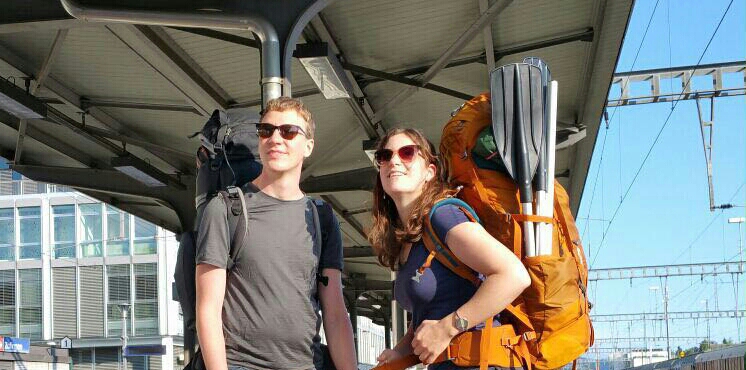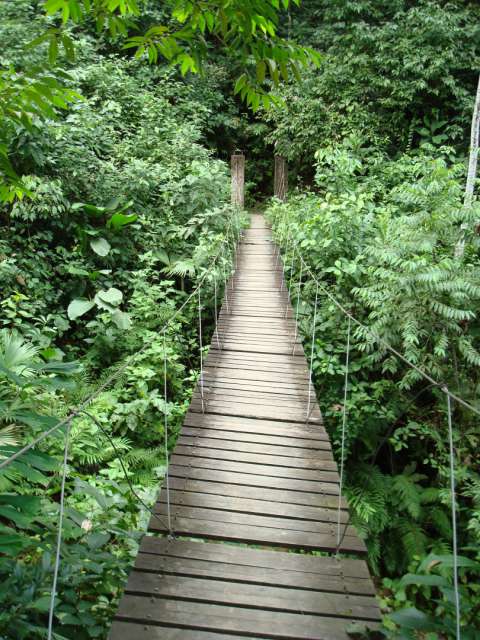In northeast India
La daabacay: 17.02.2017
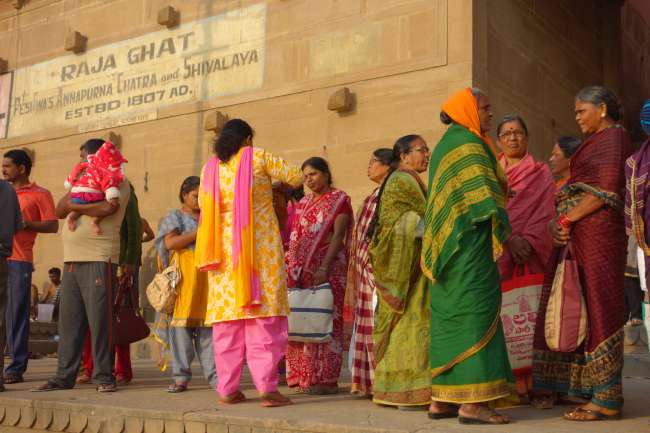
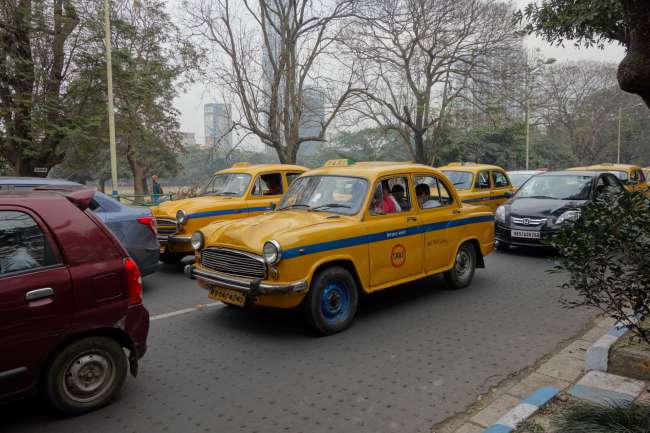
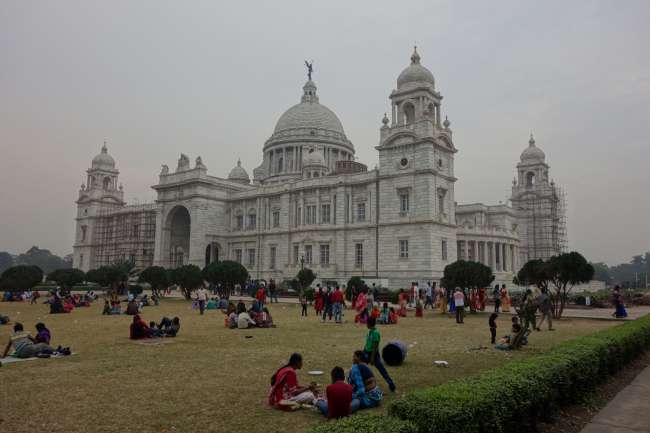

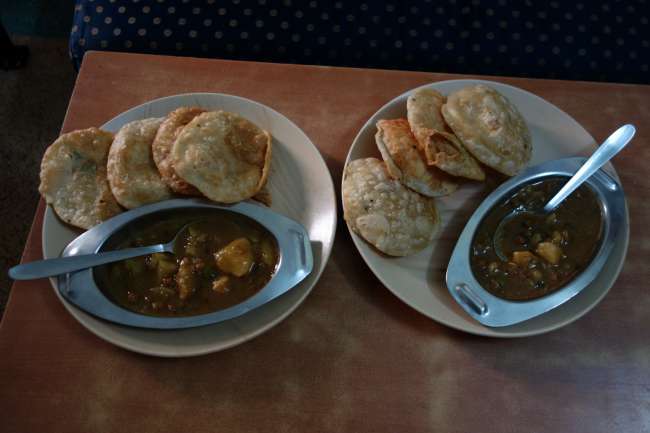
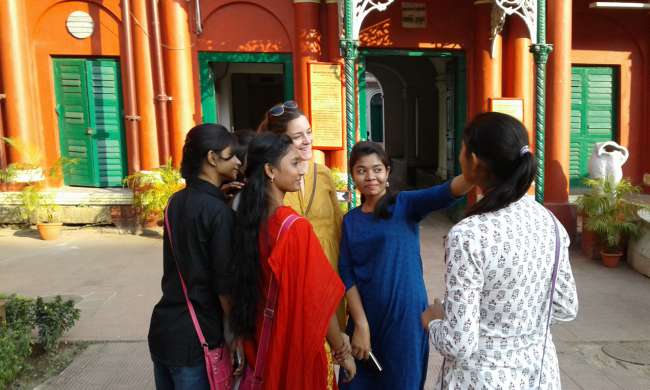
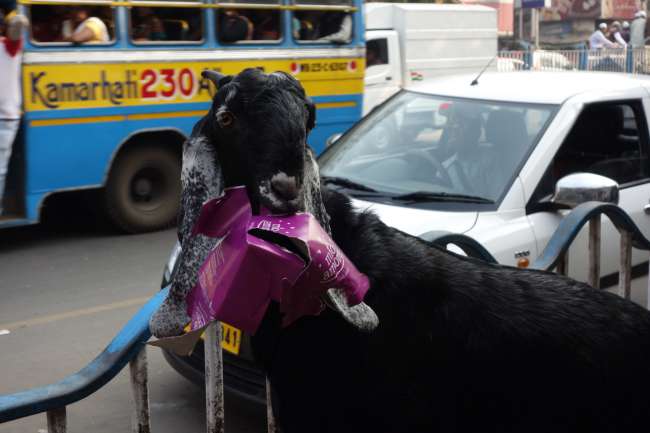
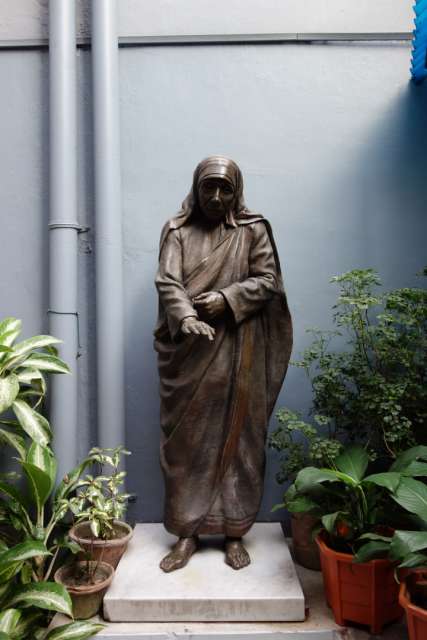
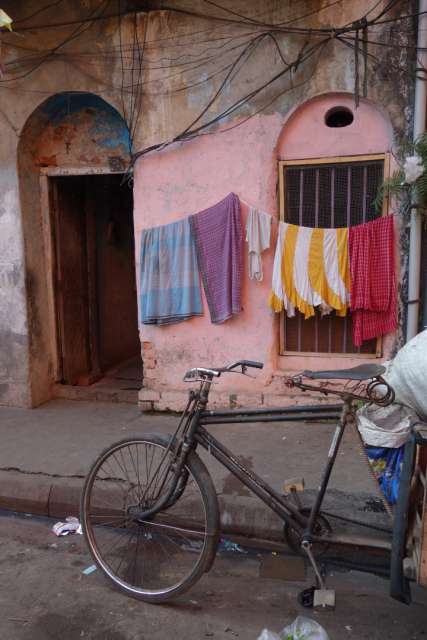
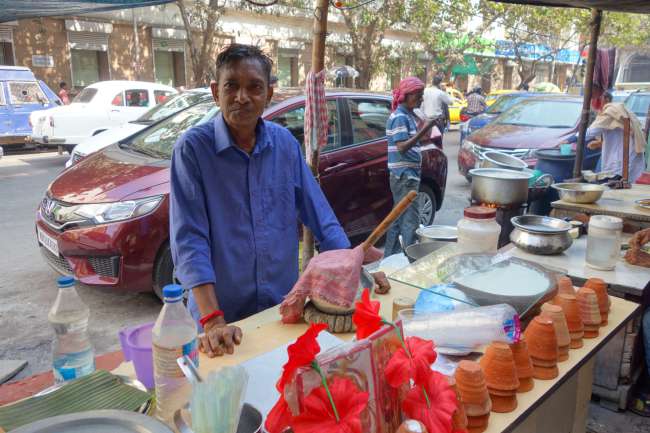
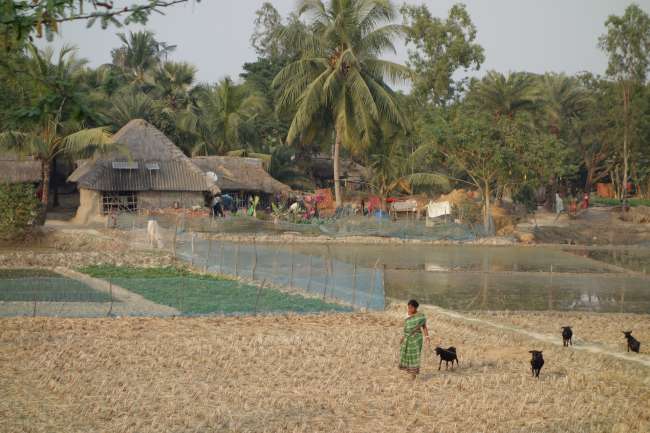
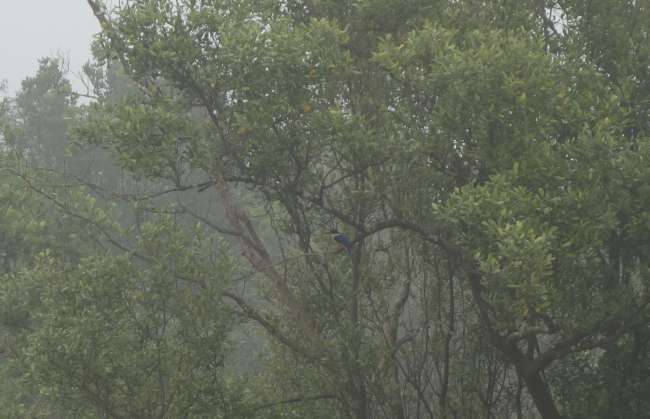
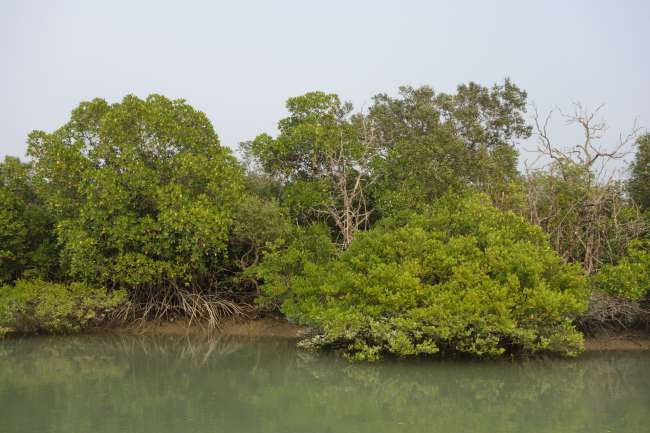
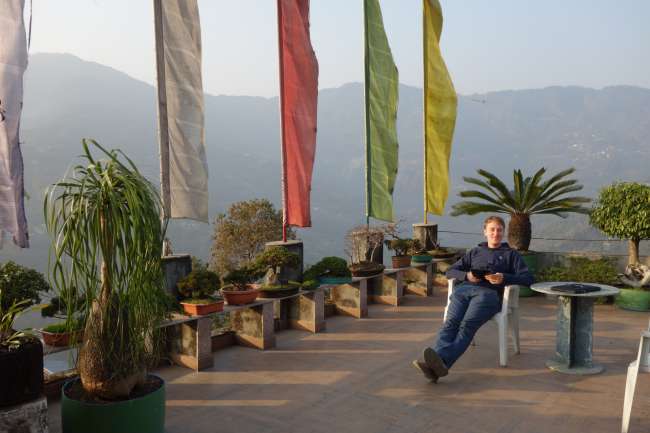
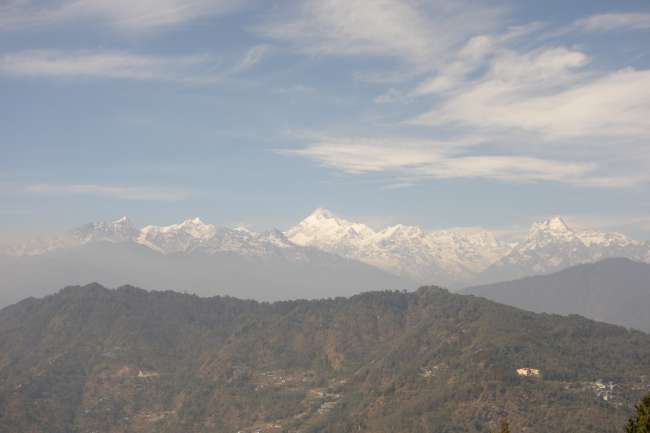
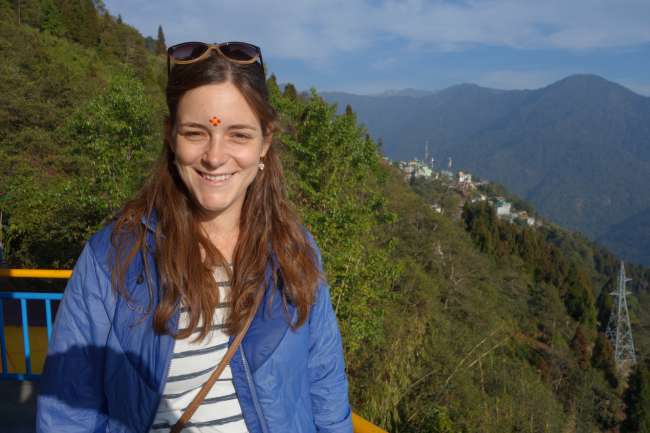
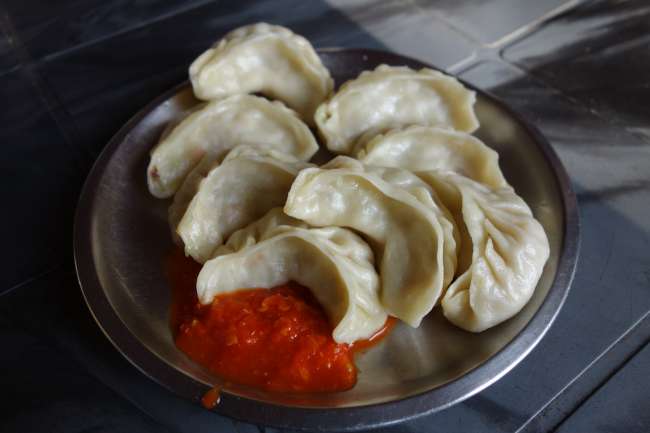
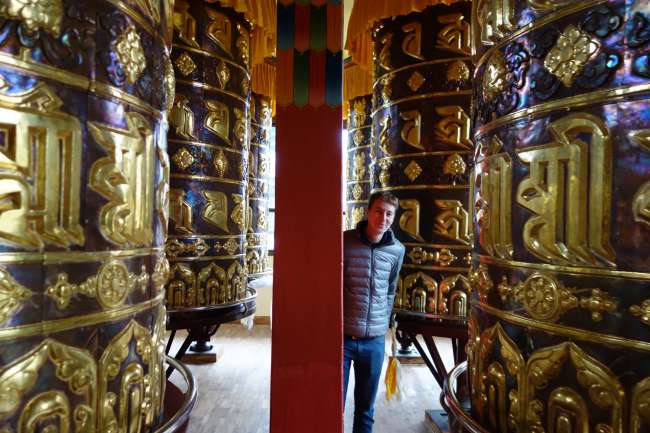

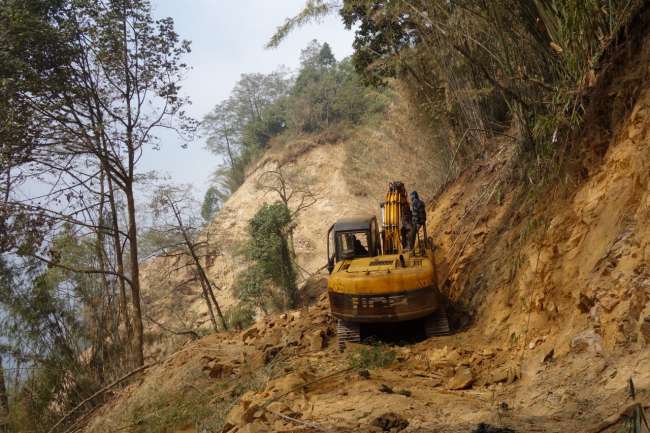
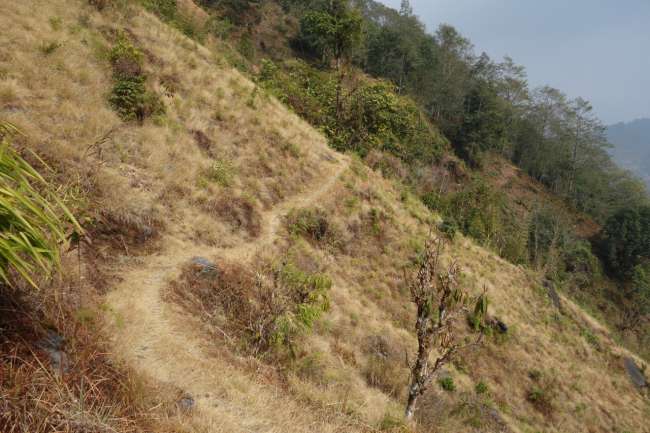
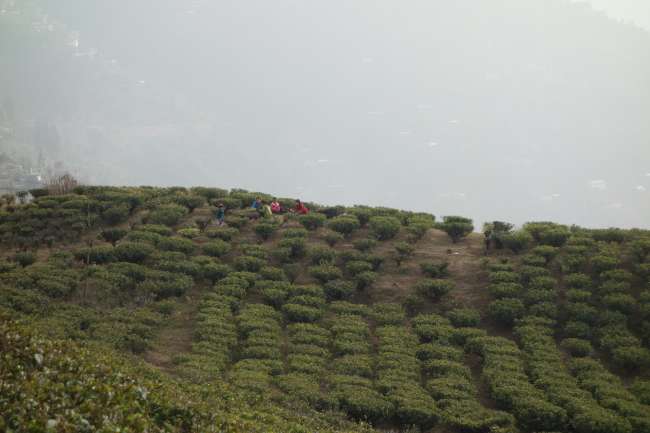
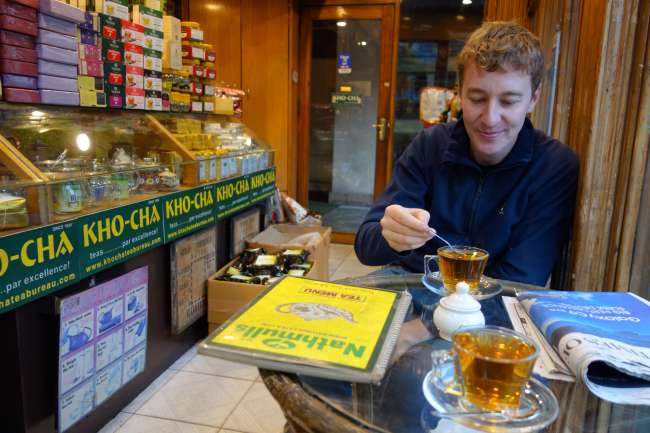

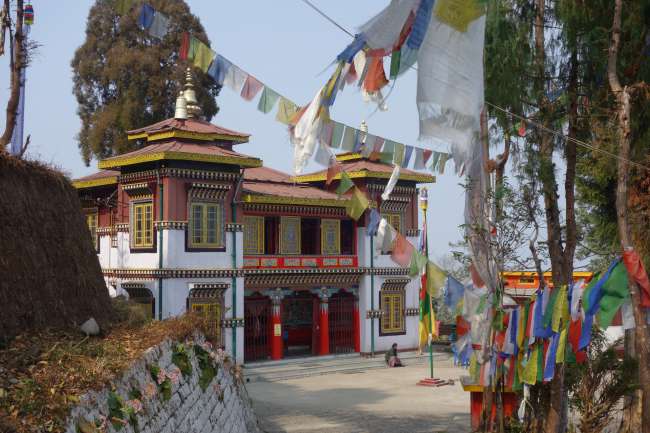
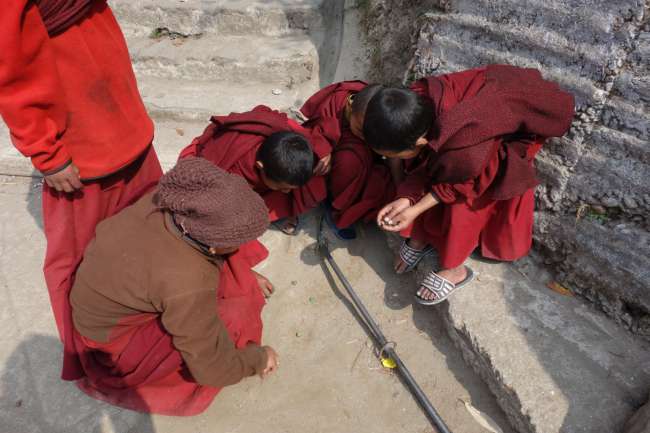
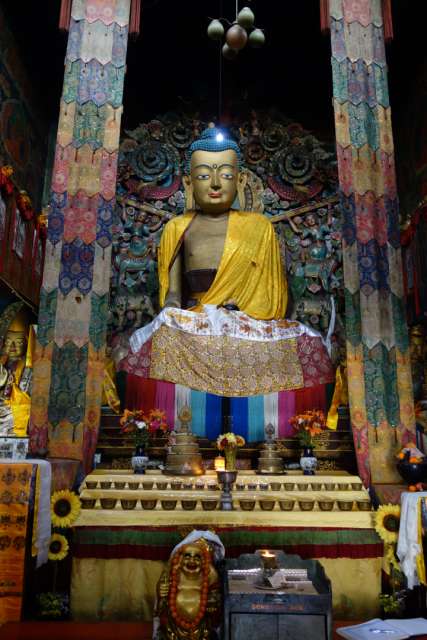
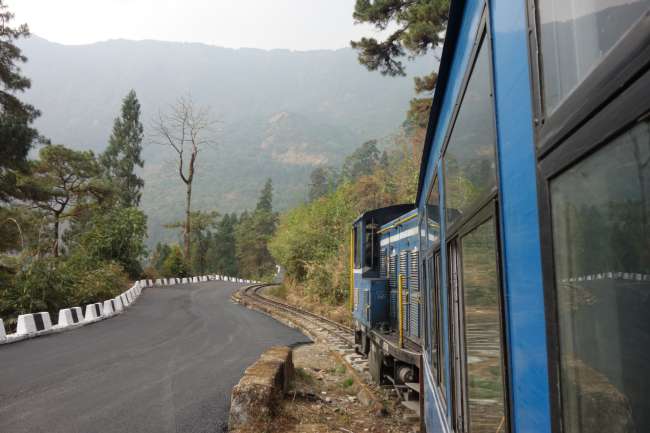
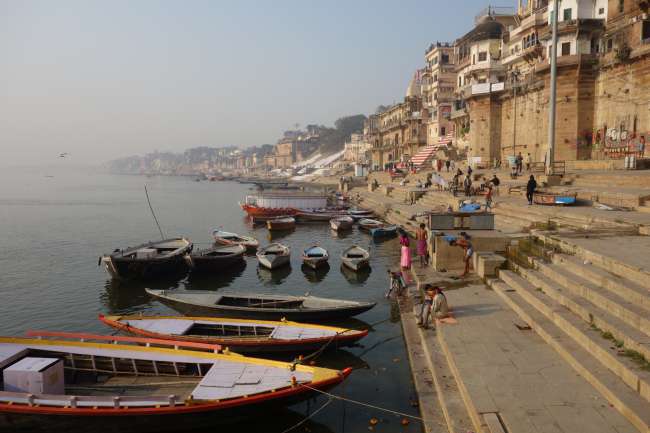
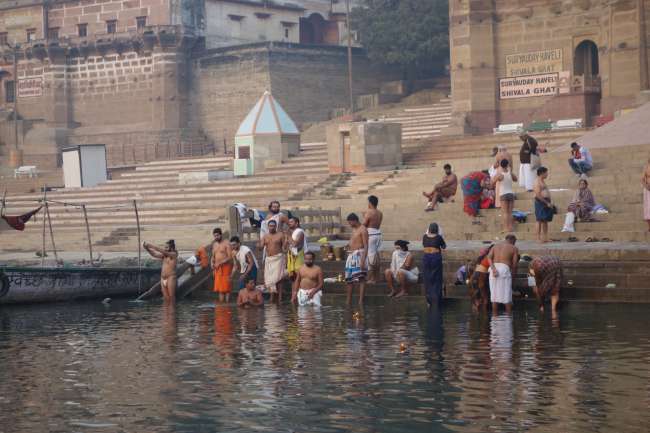
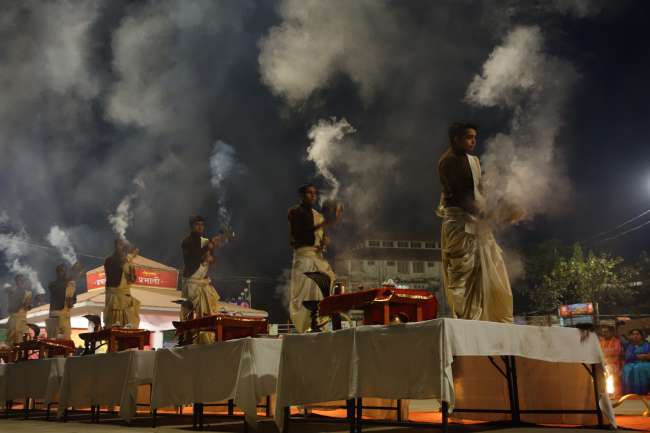
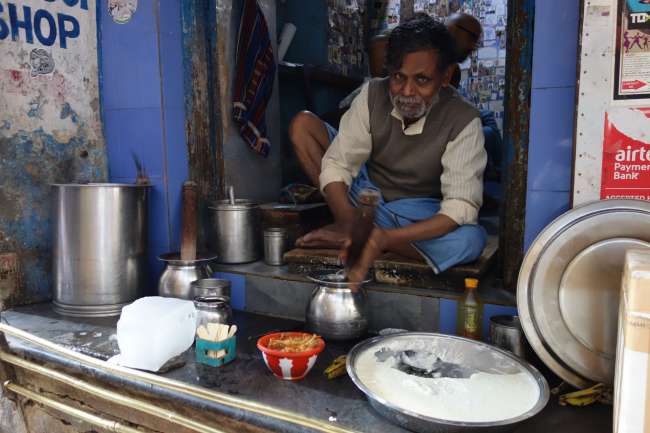
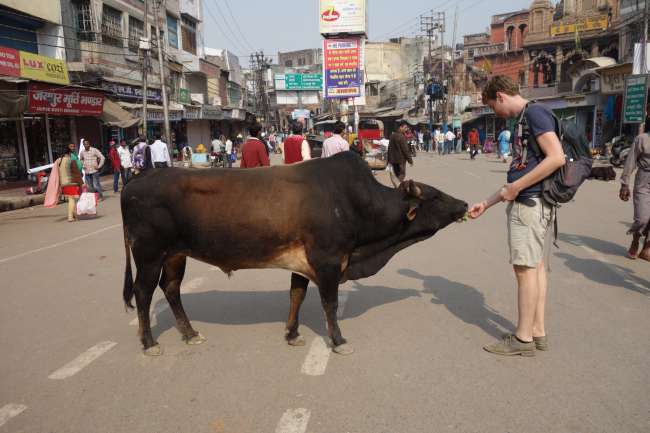
Ku biir Wargeysyada
From Myanmar, we flew to Kolkata. The 4.5-million metropolis offered a crash course in the country and its people. It was deafeningly loud with constant honking and wonderfully colorful at the same time. Poverty and precarious living conditions were suddenly obvious, and the difference between the rich and the poor was enormous.
Even in the middle of the city, the charm of a cosmopolitan city seems far away. One would rather think of being in a village. Local transportation is ensured by two-wheeled carts that the drivers pull by hand and barefoot. In the morning, people wash themselves and their laundry at public water points. Tea stalls are set up on every street corner, offering breakfast as well (the bestseller is Puri Sabji, a delicious potato curry with fried flatbread). Throughout the day, you can drink fine, sweet chai from disposable clay cups. In the evening, open-air barbers line the streets, and intersections are often blocked to indulge in the national game of cricket.
On the street, you immediately notice the thousands of yellow vintage taxis. They are all called Ambassadors, a brand of Hindustan cars that have been built largely unchanged since 1958, until the factory went bankrupt in 2014. Many of the taxis appear to be decades old. In the backyards of the city, you witness adventurous body repairs. Our taxi from the airport broke down three times on the way to the city.
In Kolkata, we visited the Marble Palace and the Mother Teresa House, where she is buried. We couldn't wait to head to the Sundarbans Reserve. This protected area for Bengal tigers is only about 4 hours away from Kolkata. The world's largest population is said to live on these mangrove islands on the edge of the Bay of Bengal. In the evening, we went on a night safari and saw one of the most beautiful natural spectacles of our lives: there are loads of bioluminescent bacteria in the water. When the water moves, for example when rowing or splashing water, they light up as small dots. It was simply magical. Unfortunately, it was impossible to photograph this spectacle.
The next day, we set out on a ship to hunt for tigers. The weather was wet and foggy. We were able to dock at lookout towers in between. Unfortunately, we didn't see any tigers, but we were rewarded with loads of kingfishers. Locals repeatedly venture into the inner areas of the reserve for fishing, which is prohibited. Four people have already been killed by tigers this year alone.
After that, we took a night train as far north as possible. Here in the mountainous region of Sikkim, India is much less densely populated. Exiled Tibetans make up a large part of the population in this high mountain country and provide for an interesting culinary variety. To get to the capital Gangtok, we had to secure a place in a jeep. Due to the road conditions and inclines, public transportation here is based on Tata jeeps. At least 4 people plus children are accommodated on all 3 benches. We bumped uphill like sardines - our bottoms were just too wide. :-) We needed a special permit for Sikkim, which we could solve directly at the checkpoint when entering.
In Gangtok, we stayed with a lovely Tibetan grandmother who could conjure up fabulous Tibetan dishes (Momos!) and lovingly took care of us as her only guests. The city is located at 1800m. The proximity to the Himalayas resulted in fresh temperatures, especially at night, because people here don't have heaters. On the other hand, there was a fabulous view of the third highest mountain in the world (Kangchenjunga, 8586 m). It also had a huge zoo with all sorts of Himalayan animals - even red pandas.
We also reached the mountain with the Rumtek Monastery by jeep. This is the center of the Black Hat sect of Tibetan Buddhism. This Tibetan Buddhist sect split off centuries ago. The leadership of the monastery always passes from one head (the Karmapa) to the next. However, two monks who fled from Tibet currently claim the leadership. The Indian government does not allow either of them to enter the monastery in order to avoid diplomatic tensions with China. Because of this Karmapa conflict, the monastery, although a peaceful place, is surrounded by the military.
We wanted to take advantage of the mountains for hiking and went further north to Yuksom. From here, we were able to take a day hike to mountain monasteries. The 2015 earthquake in Nepal also hit Sikkim hard. In this remote part of Sikkim, the earthquake damage is massive. Roads are being excavated everywhere, and new bridges are being built. Even while hiking, we had to take detours. At one mountain monastery, an entire side wall was missing.
After that, we went from Sikkim to the famous tea village Darjeeling. The temperatures here were even lower. Fortunately, we received a hot water bottle in the hotel every evening. The black tea from here is so good that even we non-tea drinkers gradually became fans. Actually, this place also has a monumental view of the Himalayas, but during all the days, a hazy, dense fog covered all the peaks. No problem, the town was cozy and had a lot to offer. We returned to the valley on the route of the Darjeeling Toy Train, a 2000-meter descent that took the train a whole 8 hours to cover the 86 km.
We continued to Varanasi by train. The city on the Ganges is one of the most important pilgrimage sites for Hindus. Every day, thousands of people take ritual baths in the Ganges at the so-called Ghats, the holy bathing spots. Hindus believe that they can escape the cycle of rebirth if they die in Varanasi and are cremated on the Ganges. Only a few Ghats are specially designated for this purpose. Up to 200 people are cremated at the largest cremation Ghat per day. That is why you often have to step aside for funeral processions in the narrow alleys.
You get a very immediate insight into this ritual. The bodies are wrapped in cloth, and only an oily type of wood is used so that no unpleasant smell arises. Only a bone is left, which the eldest son must throw into the Ganges. One gets the impression that the ritual is more redemption than grief for the relatives. It also seems beneficial to the karma to feed the many cows in the city with biscuits and the like, so that all these sacred animals are well-fed. It is fascinating to see the colorful and exuberant ceremonies of Hindus. Water and milk splash, flower petals fly through the air, and everything flares up, smokes, and is loud.
Now we are headed to Bhutan for the time being!
Ku biir Wargeysyada
Jawaab
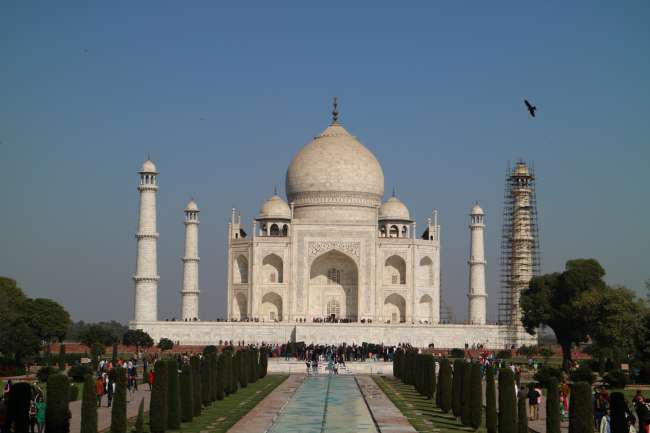
Warbixinaha safarka Hindiya
